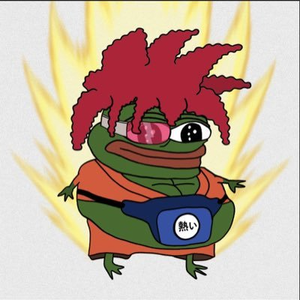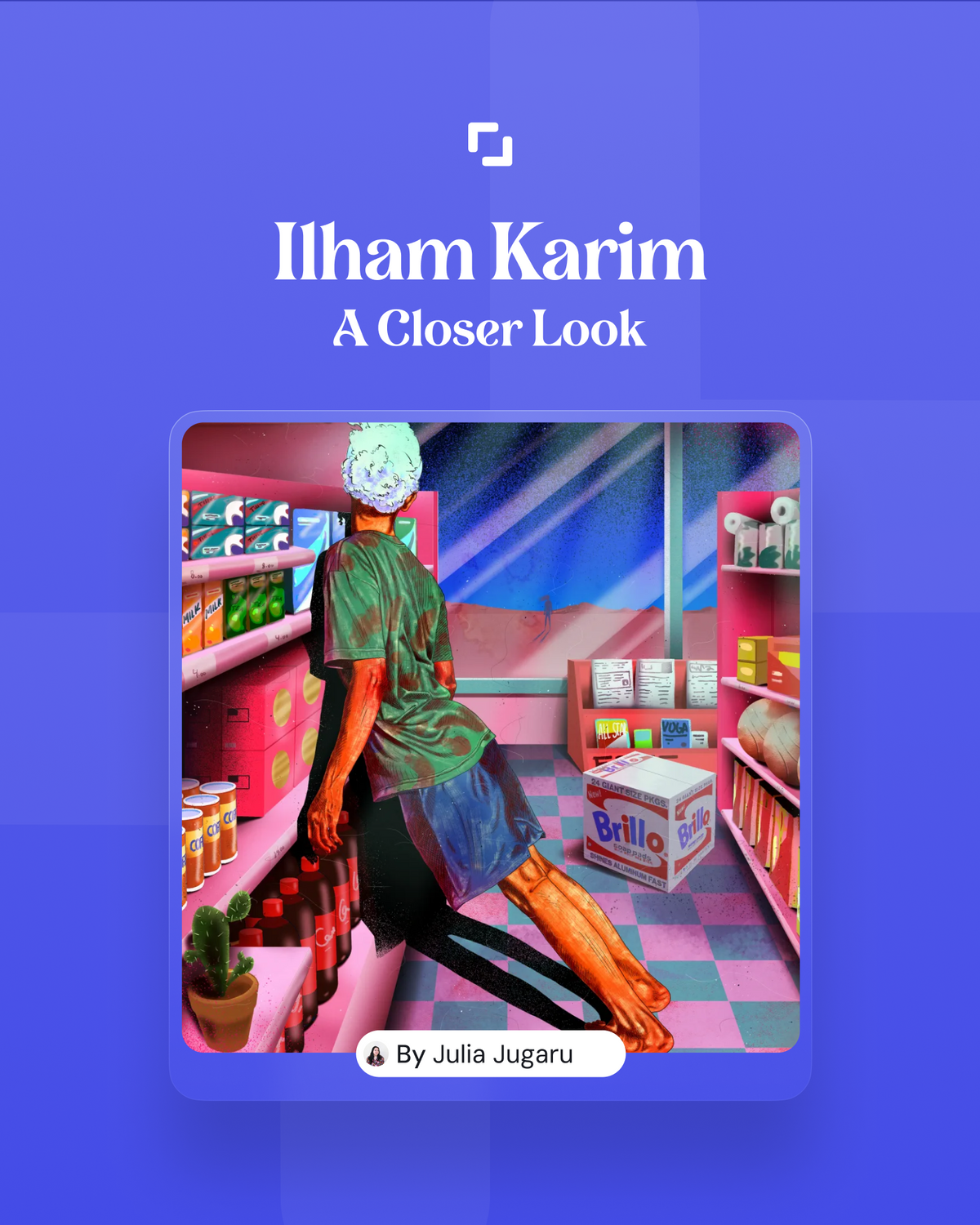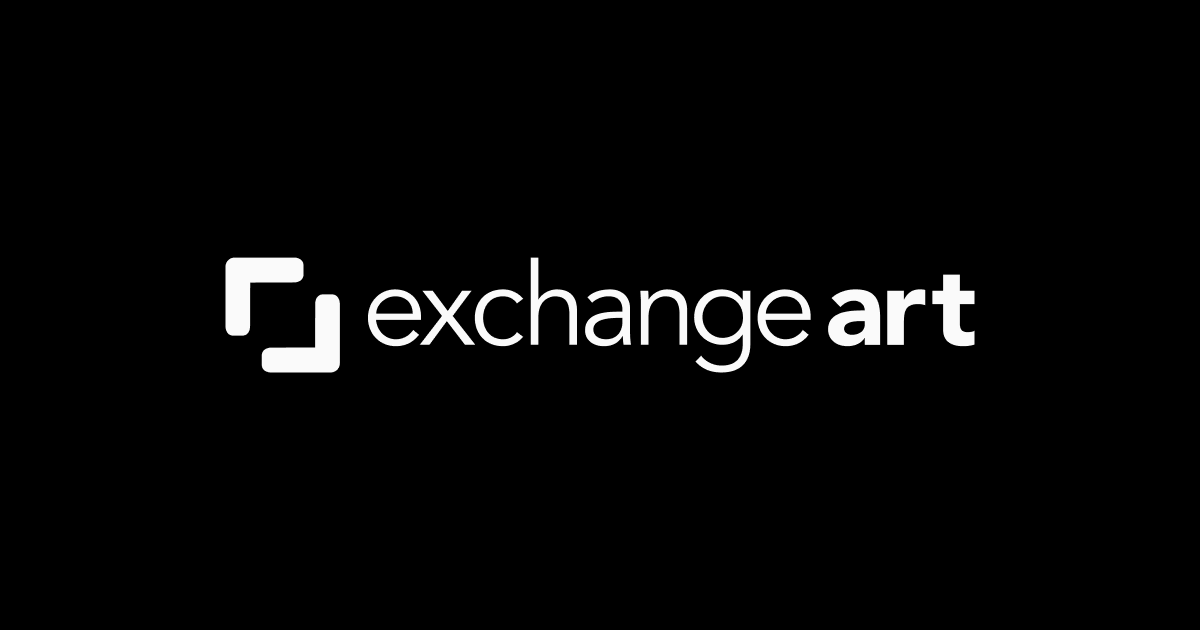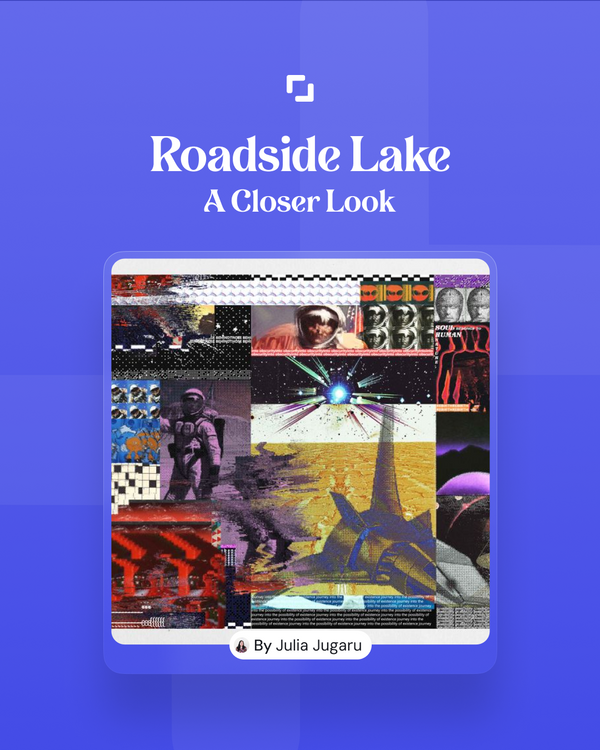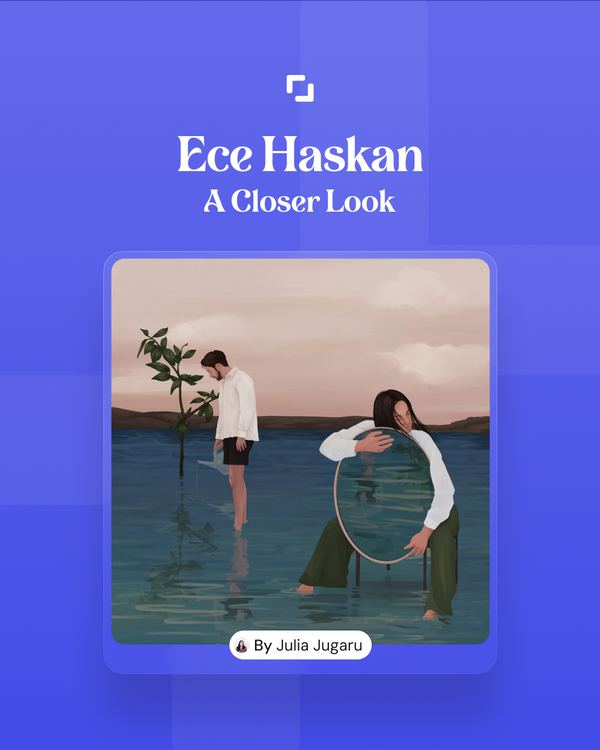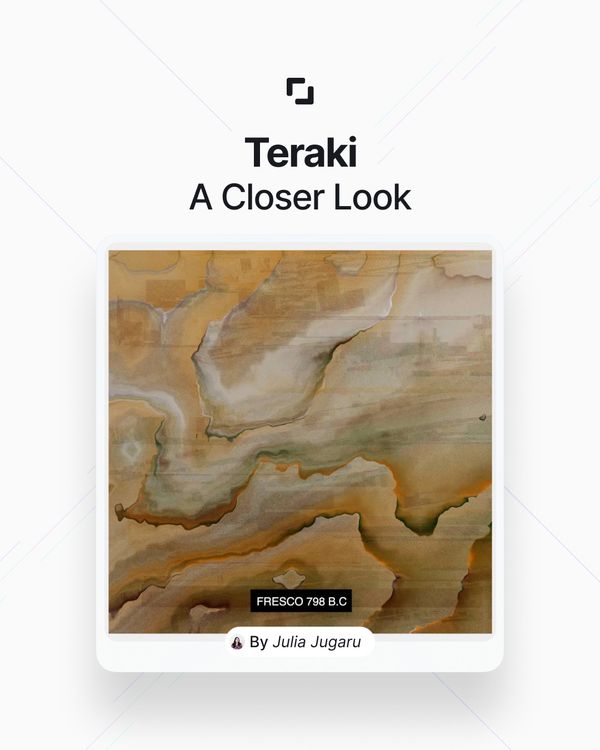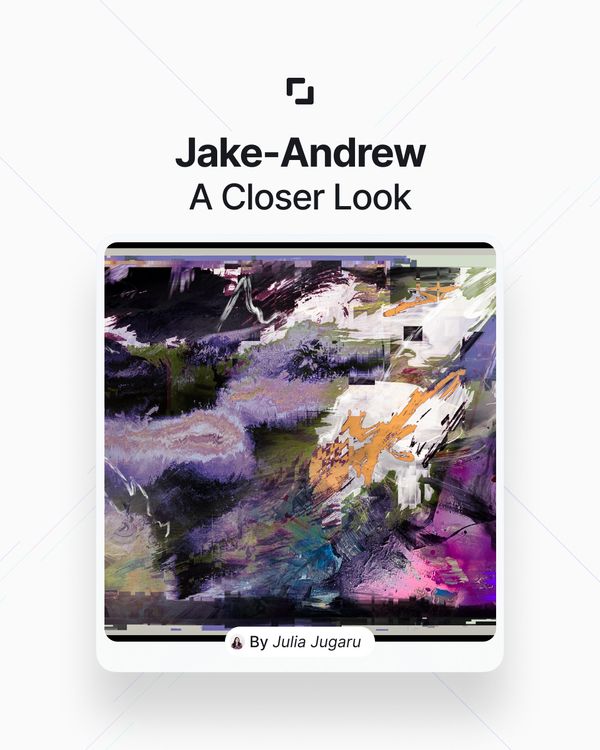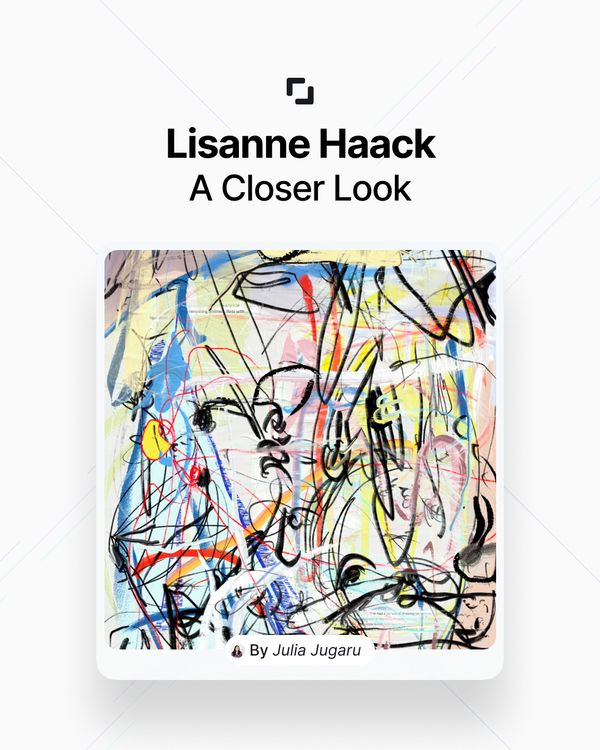At the core of Karim's artistic vision lies the philosophy of Albert Camus' Absurdism. This existential perspective challenges the human condition, and Karim translates it into vibrant visual form. The vivid colors that permeate their works collide with figures caught in the throes of inexplicable poses, creating a paradoxical sense of both depression and fascination. In this juxtaposition of unrelated objects and elements, Karim opens doors to fresh interpretations, inviting the audience to embark on a journey through the labyrinthine corridors of their art.
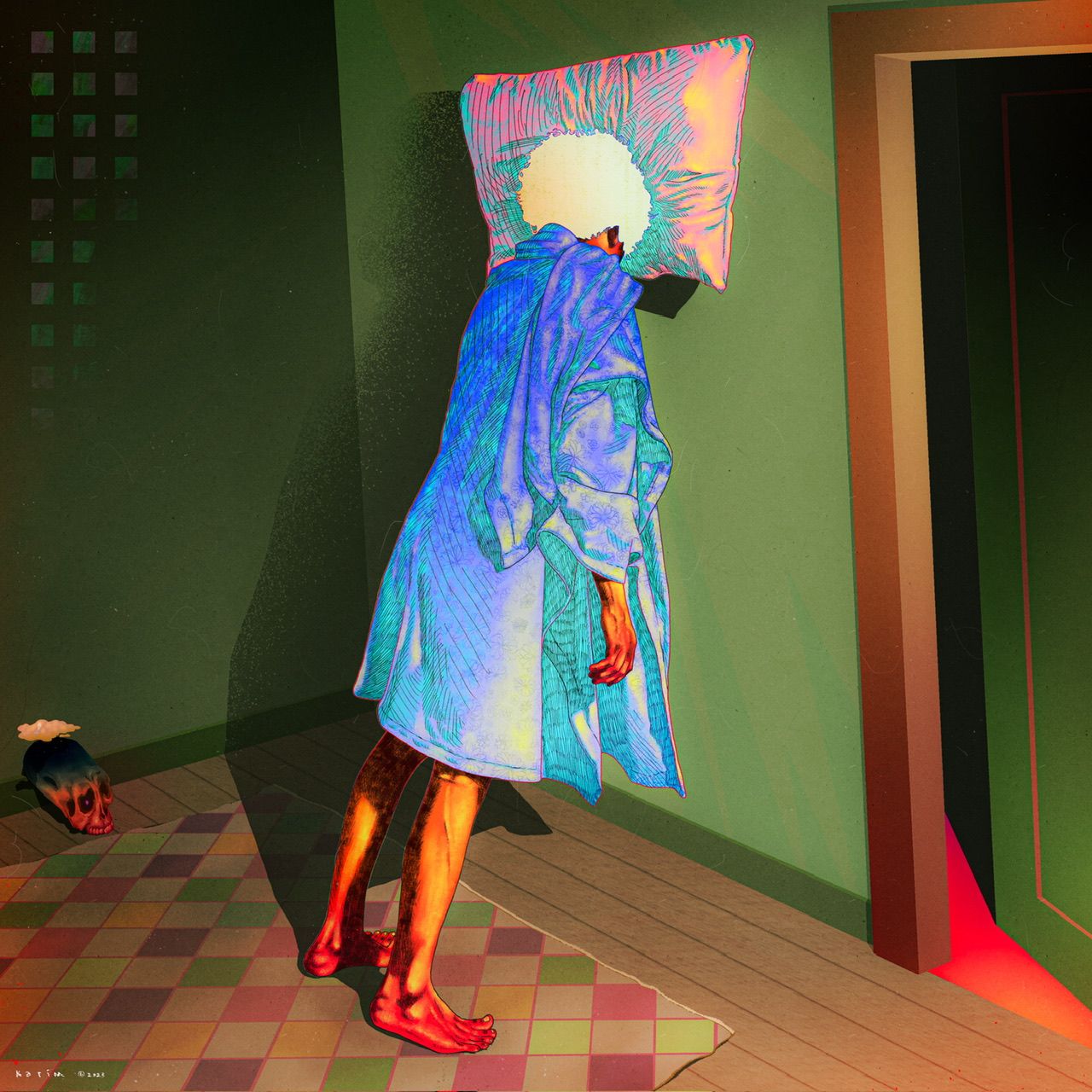
the beginnings
Q: What initially drew you to your chosen medium or art form, and what keeps you engaged and inspired to continue creating?
My interest in processing various mediums in my work is usually based on curiosity and is very interested in how the work can be presented as uniquely as possible with the possibility of different mediums. The only thing that keeps me making work is because I love what I do, I love the process, I love how people see my work, I love when my work is appreciated. Every process makes me happy.

the inspirations
Q: Can you describe your creative process? How do you generate ideas, and how do you bring them to life in your work?
Many of the ideas in my works are drawn from my personal experiences. Experiences that are deeply embedded in my memory, both good and bad. I draw these experiences more objectively by borrowing references from other popular works such as movies, music, or books. Many of my big ideas are taken from a philosophical point of view, one of which is Albert Camus' Absurdism. In general, my works display the concept of absurdism in visual form, such as bright colors that appear accompanied by figures with strange poses that tend to be depressive as well as additional objects that have no connection with each other. These collisions produce new meanings that can be explored by the audience.
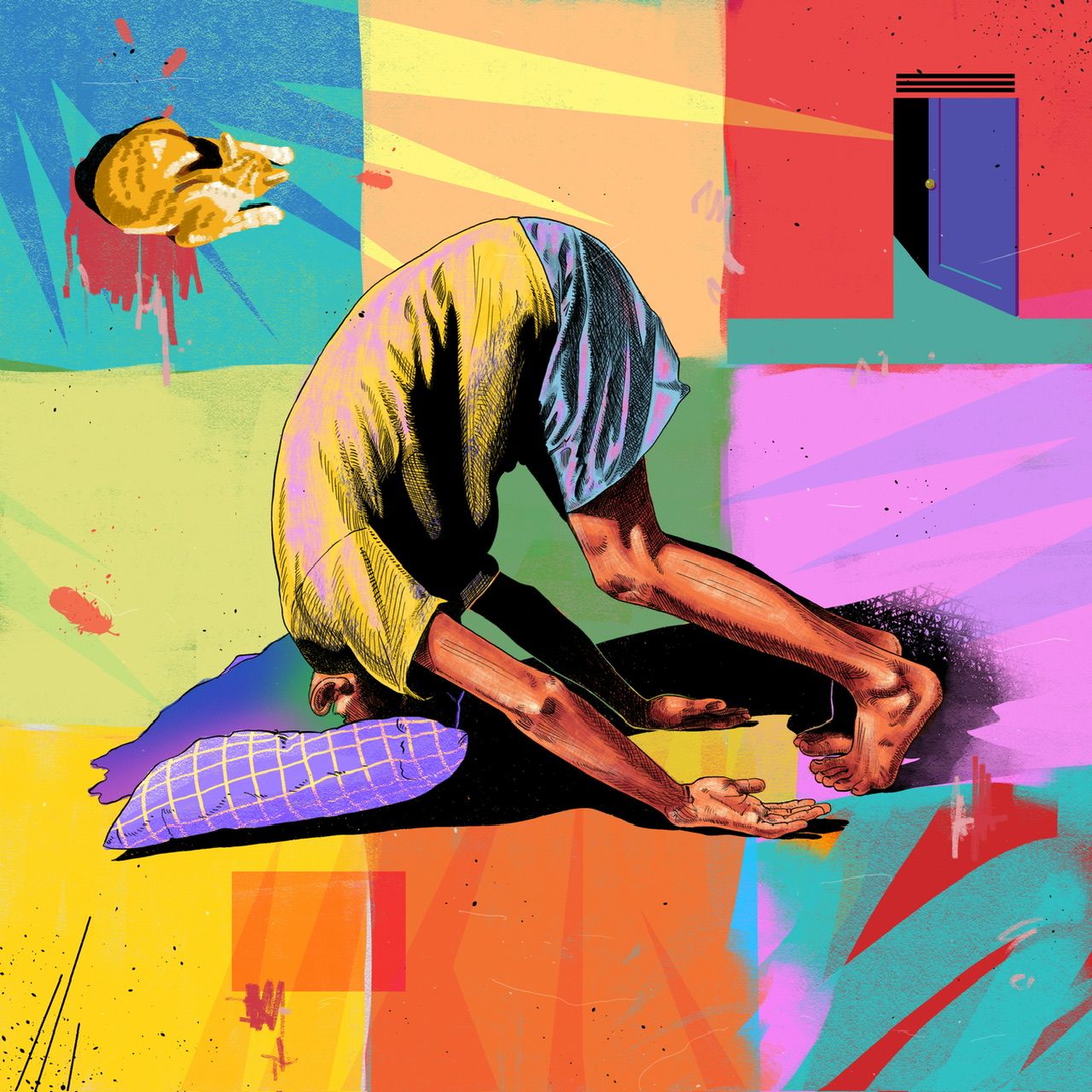
Q: Many artists have a particular theme or message that they explore through their art. What central themes or ideas do you find yourself consistently drawn to, and why?
The theme of life from the perspective of the philosophy of Absurdism is the main topic in my works. In addition, there are also others such as Freud's psychoanalysis, Sarte's Existentialism, Breaking Bad series, One Piece Manga, post rock music and others. I aim this big theme to give an optimistic spirit to the viewers that actually a happy life is from how we live it, just enjoy every process in life. This idea came from my childhood memories. The fast-changing life, the bad events that I experienced. The death of my father, moving out of my childhood town, and many more. Everything came from my family, and as an adult I tried to look at it from a different perspective. Instead of resenting the people in the past, I chose to not take it personally and move on to choose my happiness now and then.

finding middle ground
Q: How do you navigate the balance between staying true to your artistic vision and meeting the expectations or demands of the audience or art market?
Honestly, I have never felt the pressure of market demand. I always make projects that I like, see how people work with the market and try to implement it in my way and to the best of my ability. Even in commission work, I've never objected to other people's ideas. As long as my work can be appreciated by the market, I'm happy enough. I always believe that every work will meet its match, the point is how I can find its match. let my work run its course, organically.
Q: Artistic expression can be deeply personal and introspective. How do you handle vulnerability and emotional exposure in your work, and how does it affect you as an artist?
The first step is to recognize yourself first. Change the mindset of being rich, because this is no longer my hobby, this is my job so make a system like this a job. If the midset has been formed, the risk of vulnerability in the work will be very minor. That's what I've felt for the last 5 years. Slowly but eventually the right pattern will be formed to create works.
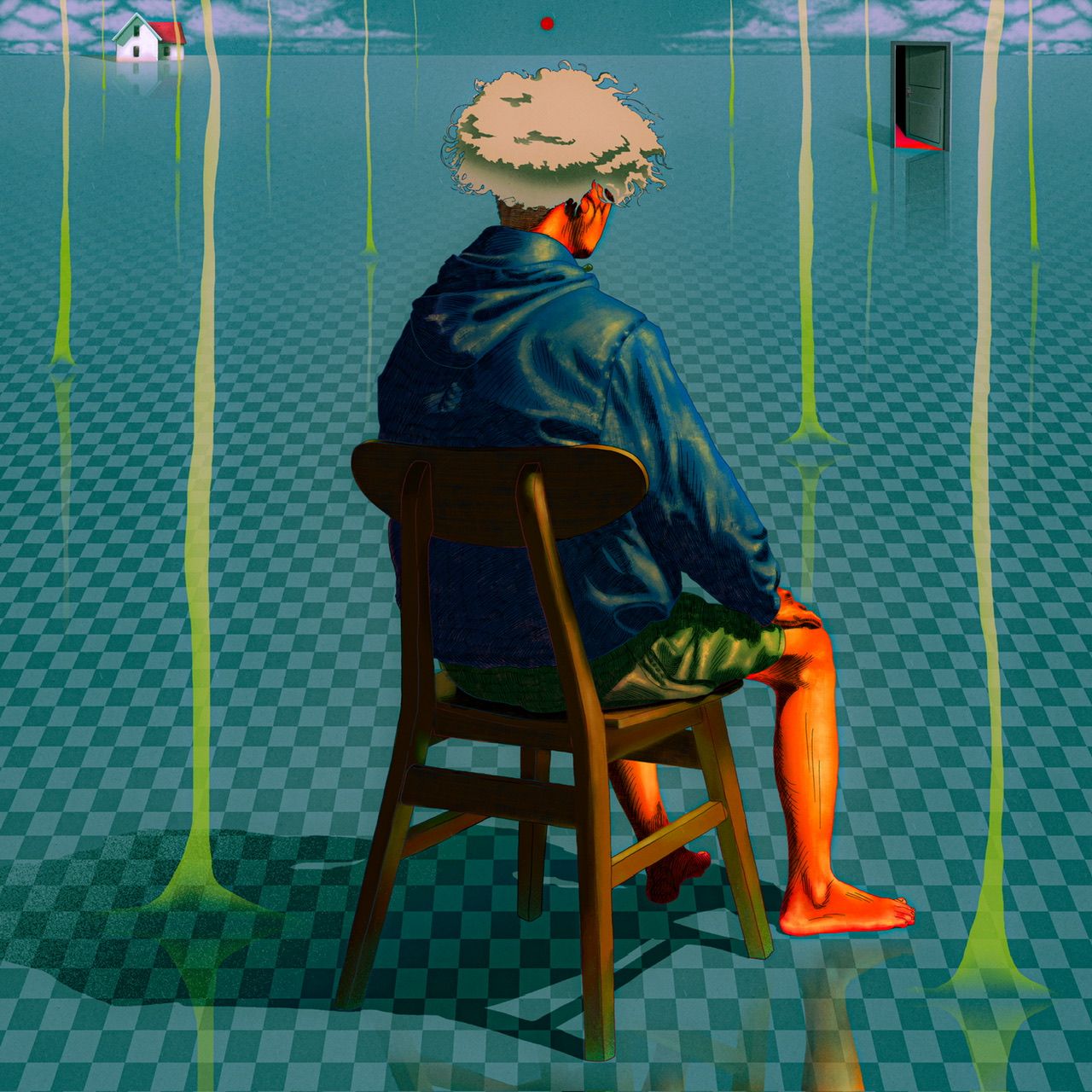
the influence
Q: Are there any artists or art movements that have had a significant influence on your style or approach? How have they inspired and shaped your artistic journey?
Artistically, there are several artists who have influenced my work, including Johan Barrios, David Hockney, Benzank, Basquiat, and Andy Warhol. Johan Barrios gave me a lot of inspiration in terms of posing figures, David Hockney has an interesting artistic point of view on composition and color, Benzank gave me strange ideas on figures, Basquiat with his wild expressionism, Andy Warhol who was disciplined and neat in his work.

Q: In the creative process, artists often encounter challenges or roadblocks. Can you share a specific instance where you faced a significant obstacle, and how did you overcome it?
The toughest challenge of being an artist is poverty, the most realist and difficult thing to face as an artist is this. There are two ways to overcome it. First, if you are not able to sell your work independently or through galleries, you need to find a more realist job to support your work. Second, if you are able to sell your work independently or through galleries, you need to learn financial management and artistic work patterns.
Q: Collaboration can be a powerful force in art. Have you ever collaborated with other artists or professionals from different disciplines? If so, what was the experience like, and how did it impact your work?
Yes, I have collaborated with artists across disciplines such as music or literature. As many of my works are inspired by music and literature, the collaborations have been very fitting. The most recent collaboration was with Japanese musicians Toro Band, they invited me to collaborate on their latest album cover, and this collaboration gave me a new perspective on how music can make me think about colors, shapes and other visual forms in my work.
the experience with Exchange Art
Q: Could you describe how your involvement with Exchange Art, has impacted your life as an artist?
As an emerging artist, Exchange Art has had a tremendous impact on my work. I really started from 0 in my work. From 2022 until now I have been able to have a proper studio, enough drawing tools and a life that supports my work both digital and physical.
thoughts to the future
Q: Looking ahead, what are your aspirations and goals as an artist? How do you envision your artistic practice evolving in the future?
What is clear is that I want to continue developing my works, especially in the area of art and packaging. In terms of ideas, I want to continue to grow and be able to reach a wide audience. I also really want to build a shared space in the future, maybe a kind of shared studio or art space or even a gallery that can be used as a place to work and market the artwork.
explore more artworks :


